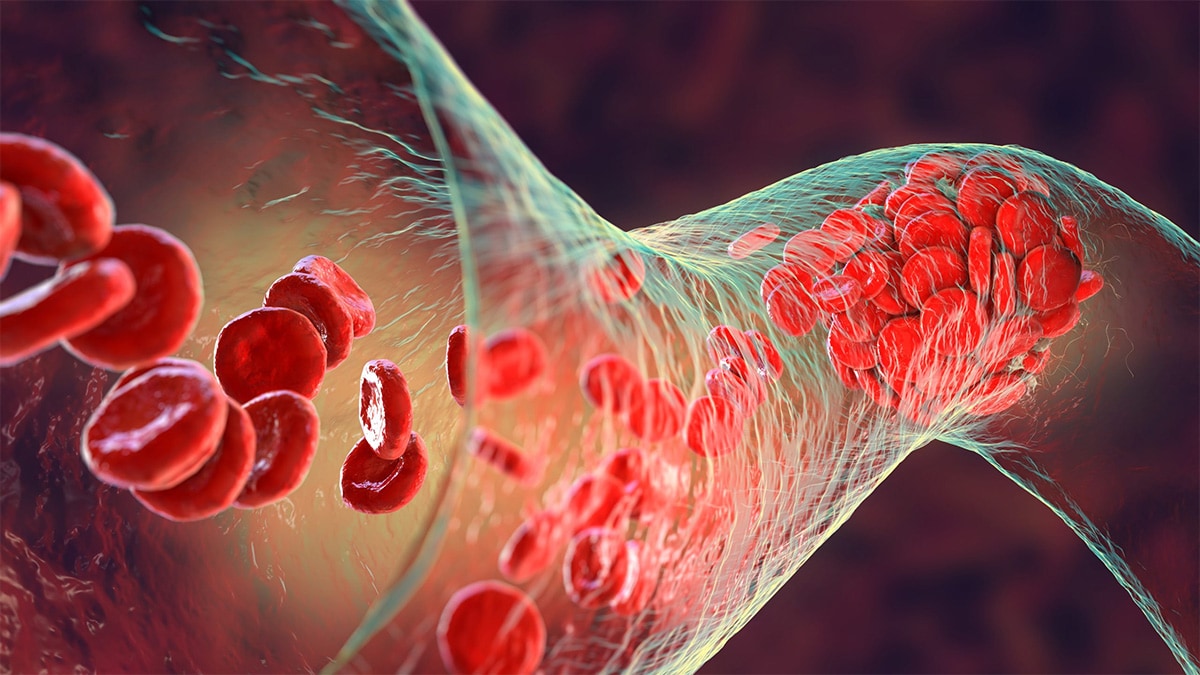Key points
- Almost anyone can have a DVT/PE. However, certain factors can increase the chance of having this condition.
- The chance increases even more for someone who has more than one of these factors at the same time.
- Risk factors include injury to a vein, slow blood flow, increased estrogen, certain chronic medical illnesses, and several other factors.

Risk Factors for DVT/PE
Almost anyone can have a DVT/PE. However, certain factors can increase the chance of having this condition. The chance increases even more for someone who has more than one of these factors at the same time.
Following is a list of factors that increase the risk of developing DVT/PE:
Injury to a vein, often caused by:
- Fractures
- Severe muscle injury
- Major surgery (particularly involving the abdomen, pelvis, hip, or legs)
Slow blood flow, often caused by:
- Confinement to bed (e.g., due to hospitalization, a medical condition, or after surgery)
- Limited movement (e.g., a cast on a leg to help heal an injured bone)
- Sitting for a long time, especially with crossed legs
- Paralysis
Increased estrogen, often caused by:
- Estrogen-containing contraceptives
- Hormone replacement therapy, sometimes used after menopause
- Pregnancy, with risk continuing into the period just after pregnancy (up to 3 months after giving birth)
Certain chronic medical illnesses, such as:
- Heart disease
- Lung disease
- Cancer and its treatment
- Inflammatory bowel disease (Crohn's disease or ulcerative colitis)
Other factors associated with an increased risk of DVT/PE include:
- Previous DVT or PE
- An inherited clotting disorder
- Family history of DVT or PE
- Age (risk increases as age increases)
- Overweight or obesity
- A catheter located in a central vein
View the following pages to read more about some of the factors that can increase your risk for a blood clot.
Understanding Your Risk for Blood Clots with Travel
Understanding Your Risk for Blood Clots with Cancer
Understanding Your Risk for Blood Clots with Pregnancy
Understanding Your Risk for Healthcare-Associated VTE (Blood Clots)




